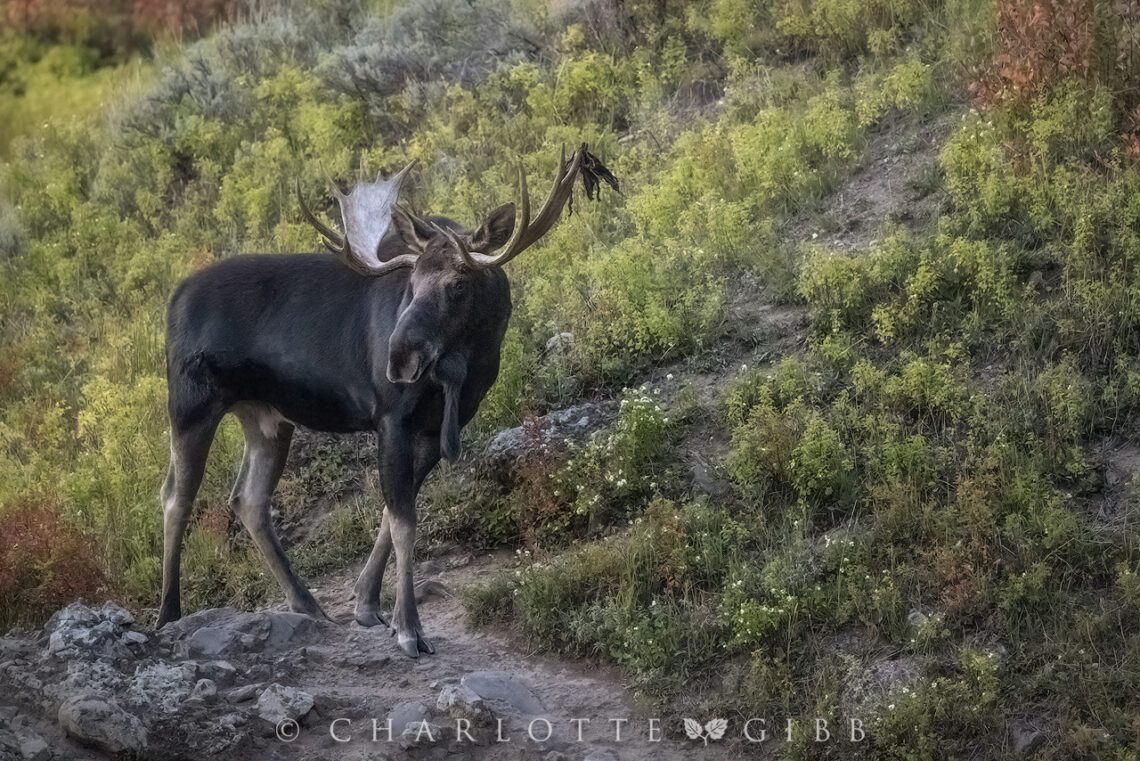
2021 — A Year of Photography
It’s time again for my annual review of photographs, a year-end tradition now in its tenth year. This scrutiny is an important exercise for any artist — to reflect, examine, and refine one’s vision. Looking back helps us look forward. So, which unique quality stands out in my 2021 portfolio?
First of all, I will just come out and say it — twenty twenty-one was a really tough year. Gary and I said our final farewells to five people who were very important to us, including his dear father, whom we lost right before Christmas. I have often talked about how our emotions are echoed in the creative work that we produce. So, when reviewing the photographs I created this year, I notice an underlying seriousness. I had turned inward, and my photographs were moody, reflecting my feelings about life, death, love, family, friendship, and loss.
I also noticed a huge uptick of the number of wildlife photos in this year’s collection. I’ve always been interested in wildlife, and especially birds. But, this portfolio is bursting with animal photographs, thanks to a new camera and lens with exceptionally good autofocus, plus a road trip to Yellowstone National Park. During that trip, we saw countless animals, including elk, bison, antelope, and grizzlies (from a very long distance). But, I was determined to see a wolf and a moose. I saw both, and pretty close up, too.
Adventures in our Arctic Fox truck camper
We had other adventures in our camper too. We traveled three days last Spring to visit a dying friend in Southern Arizona. We took a trip along the Northern California coast to camp with my old college friend, and we camped on our property in Wawona, where we are planning to build a small cabin. We spent a week at an Oregon mountain resort with my brothers and sisters, where we finally memorialized our sister, Nancy, whom we lost to cancer just before the Covid-19 pandemic. And, we camped at Lake Tahoe with Gary’s family (well, we camped, they stayed in houses). Photography took a back seat on these trips. The focus was on spending time with loved ones. Still, I always had my camera with me, ready for a photographic opportunity.
Each of my photographs has a bit of a story that goes along with it, which I’ve written in the captions. Many of these photographs have not been published previously.
So, in no particular order, here is a taste of 2021 through my lens. Click on the image to enlarge. And, let me know which images resonate most with you.

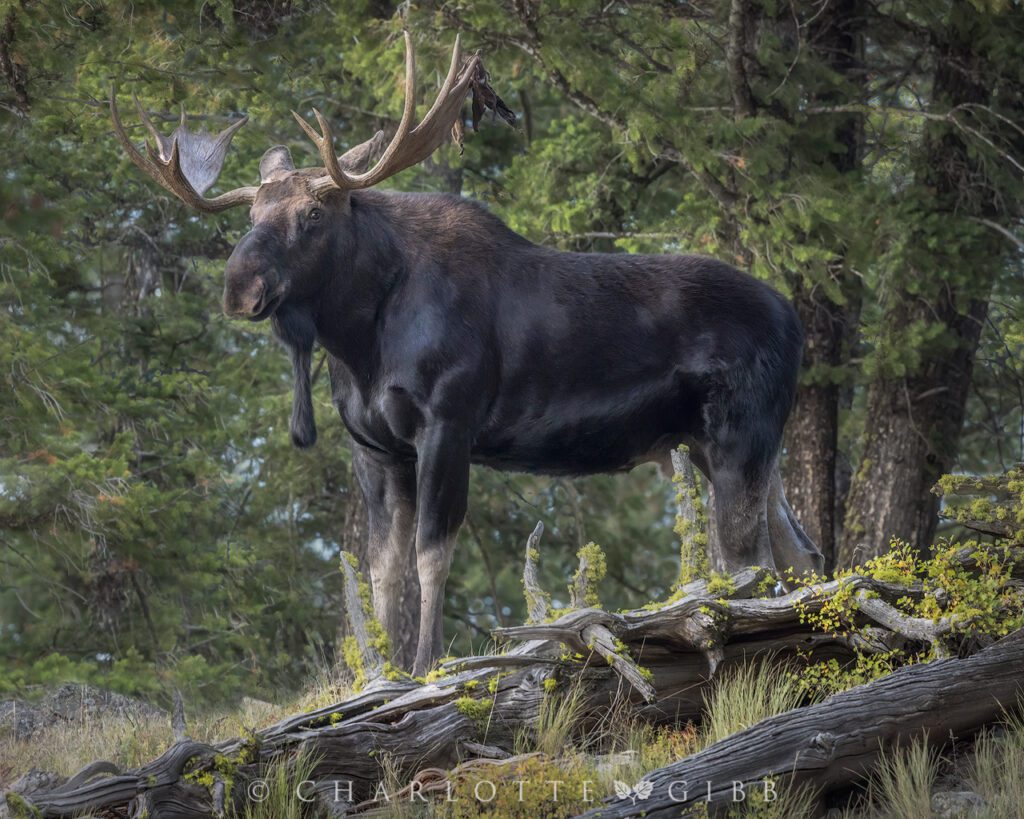
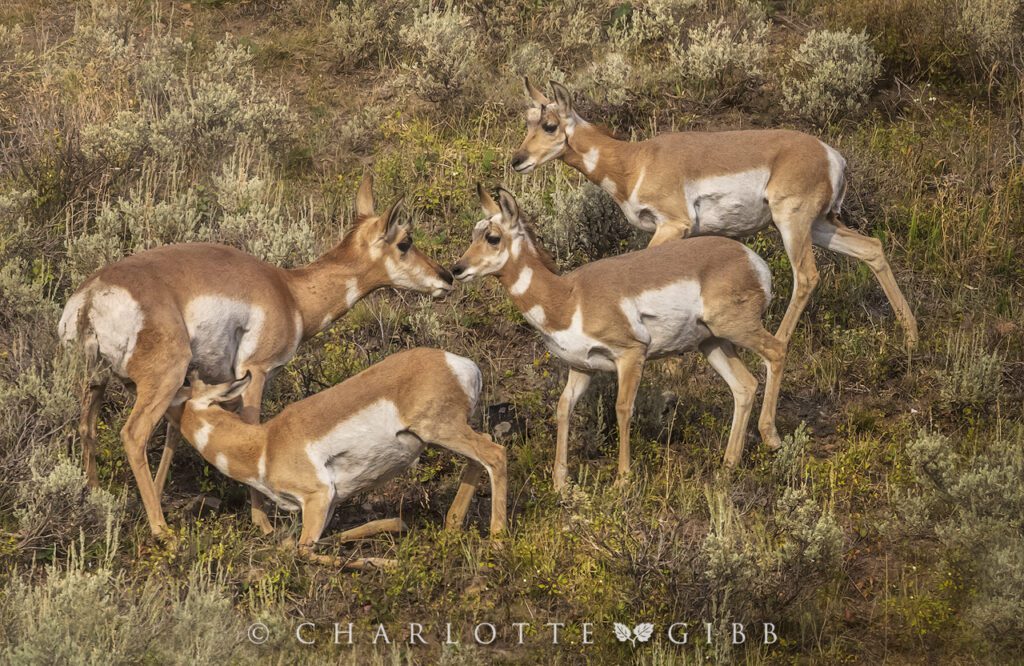
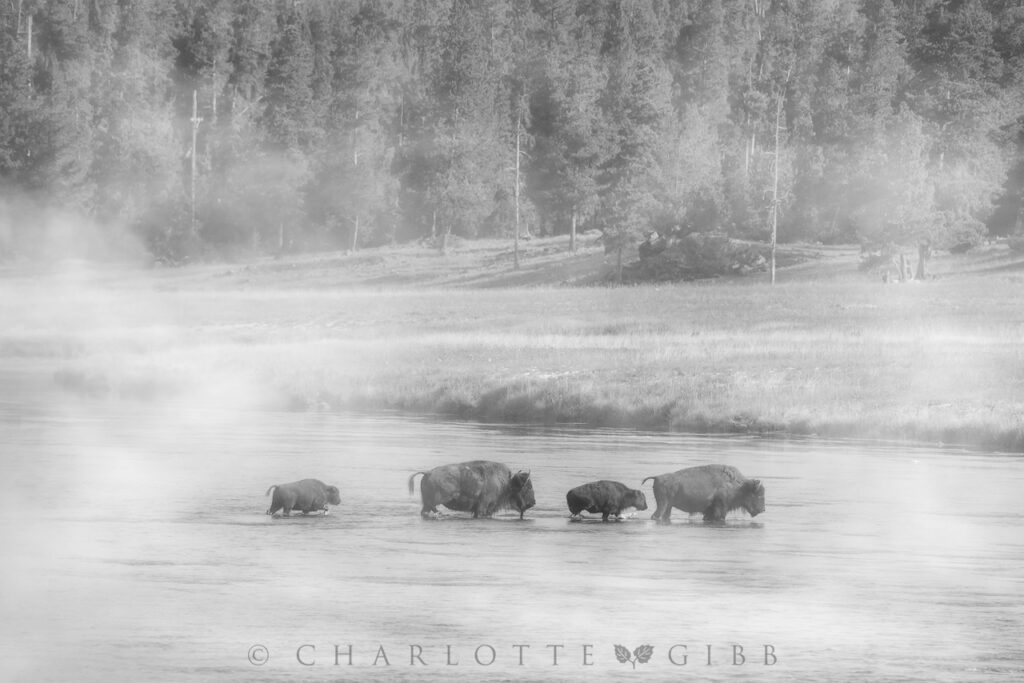
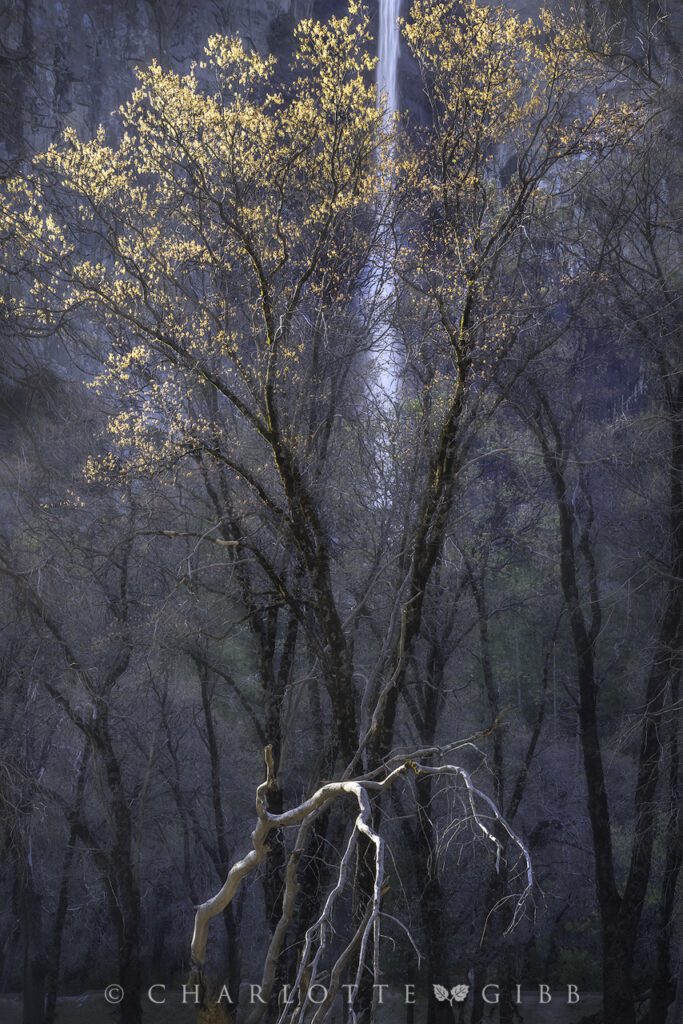
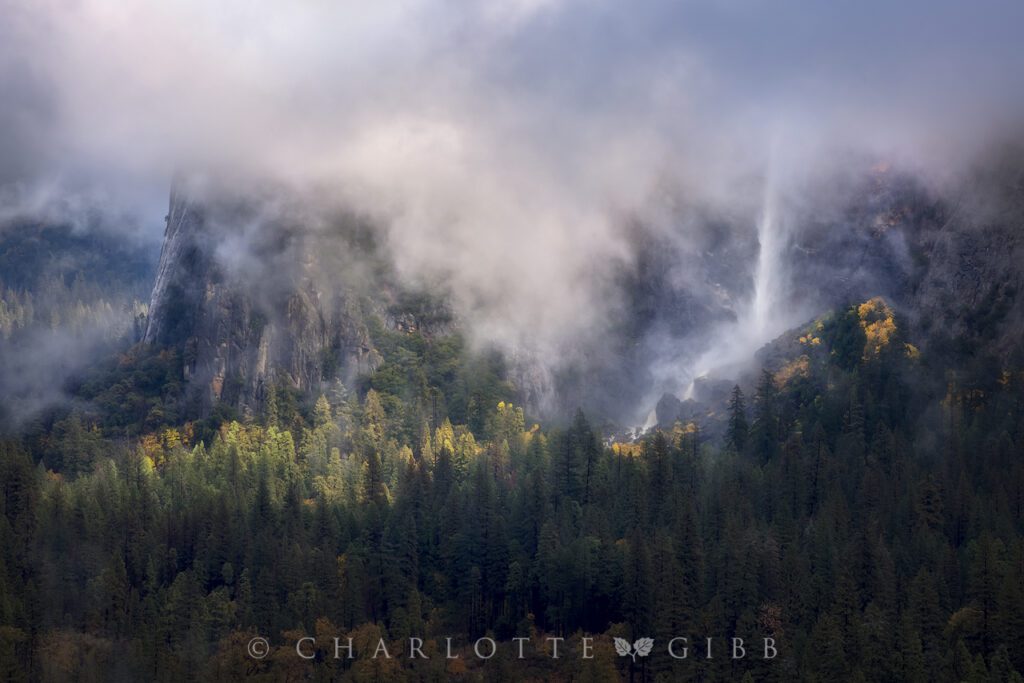
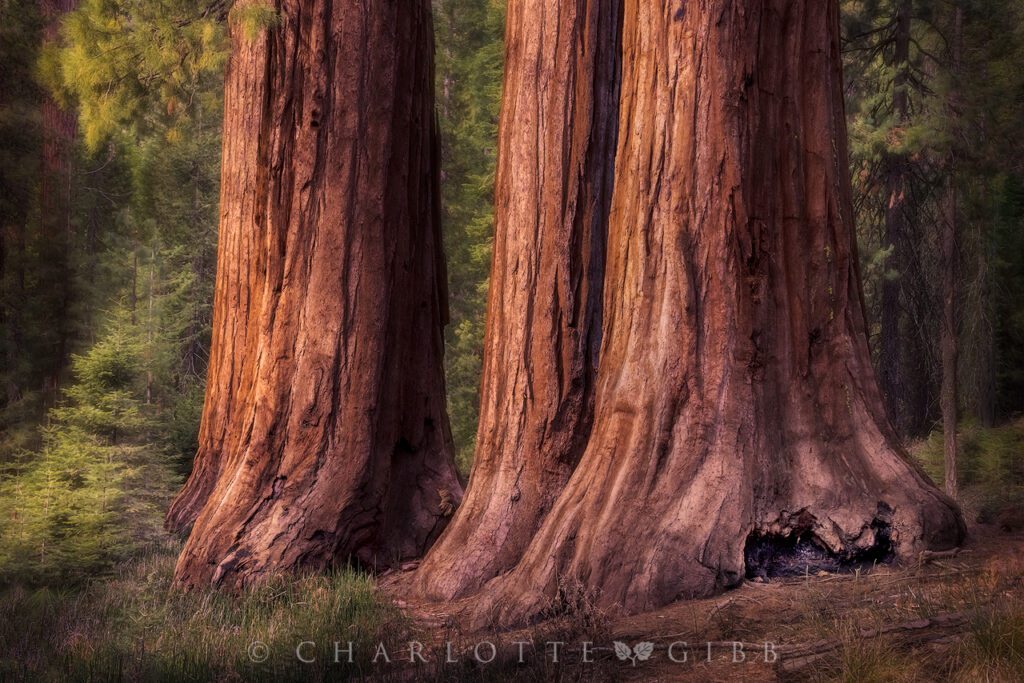

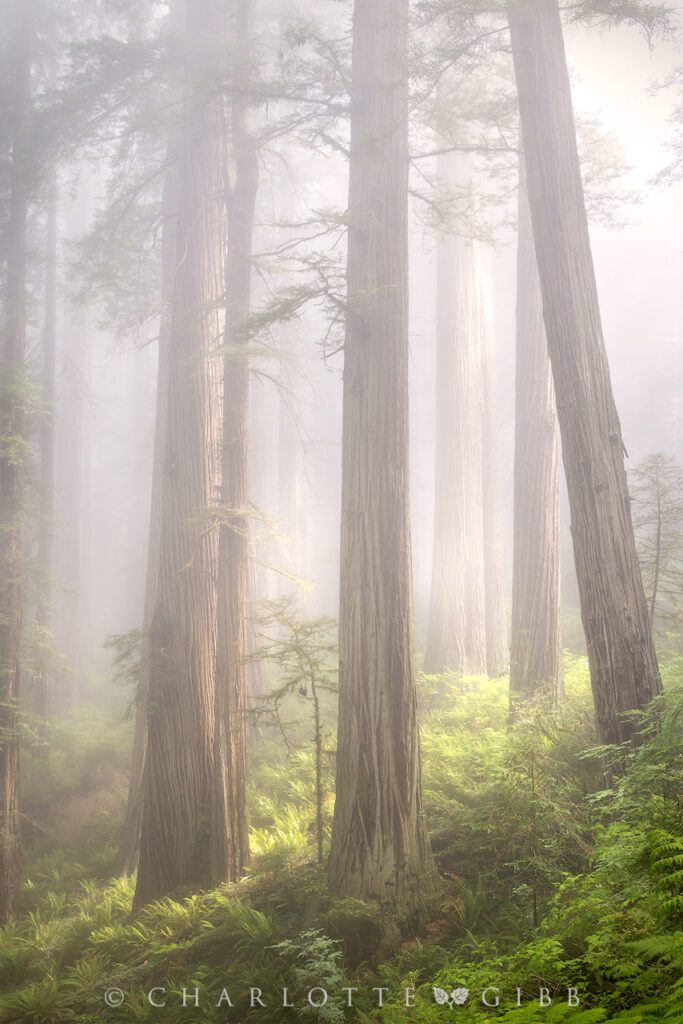

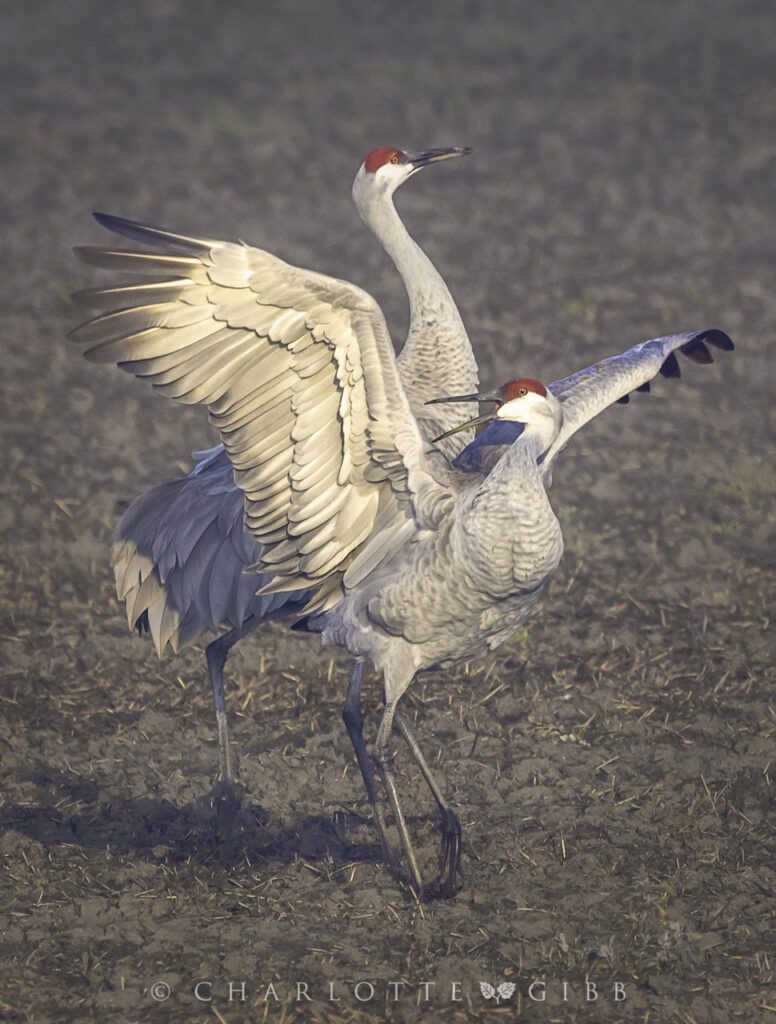
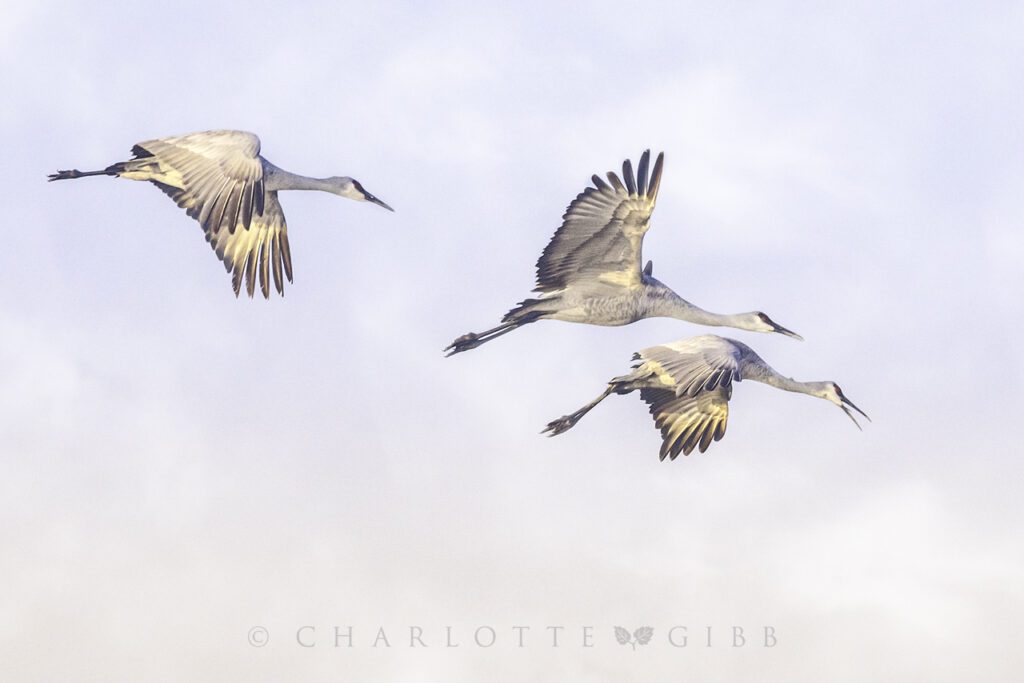
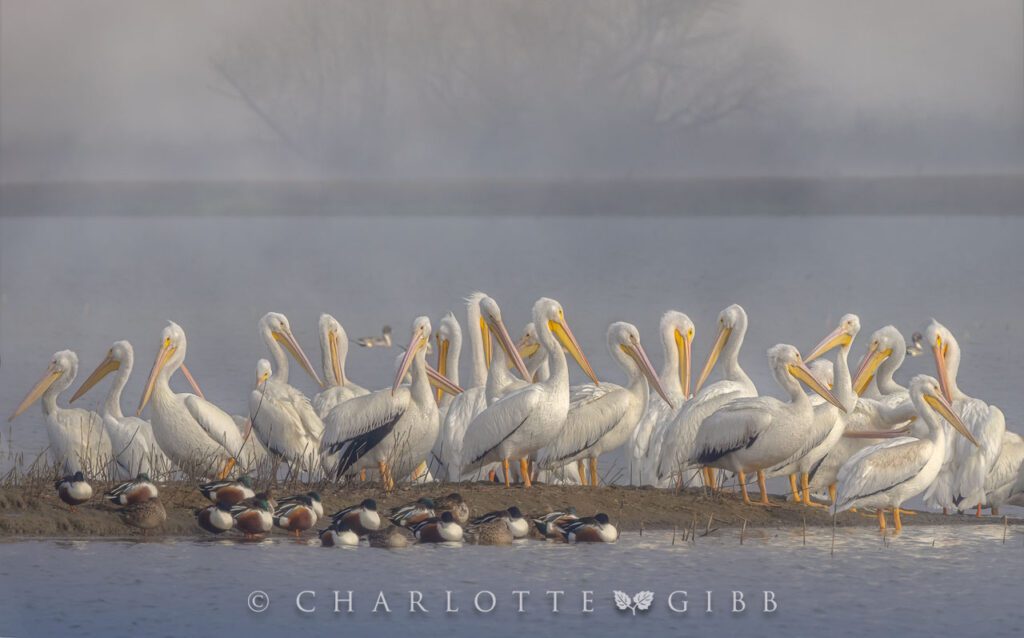
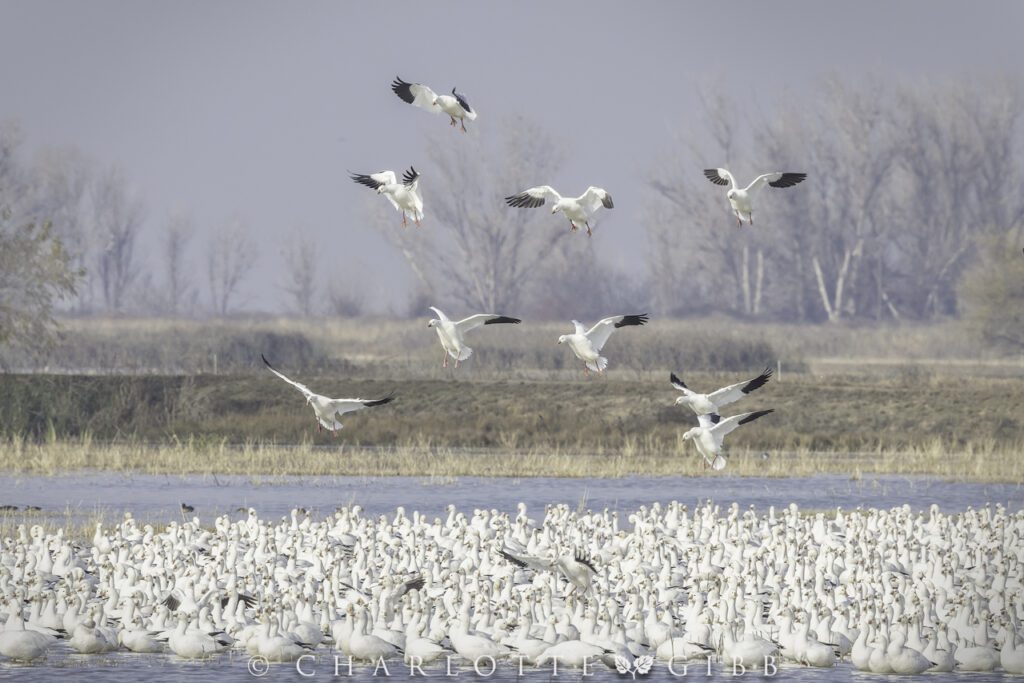
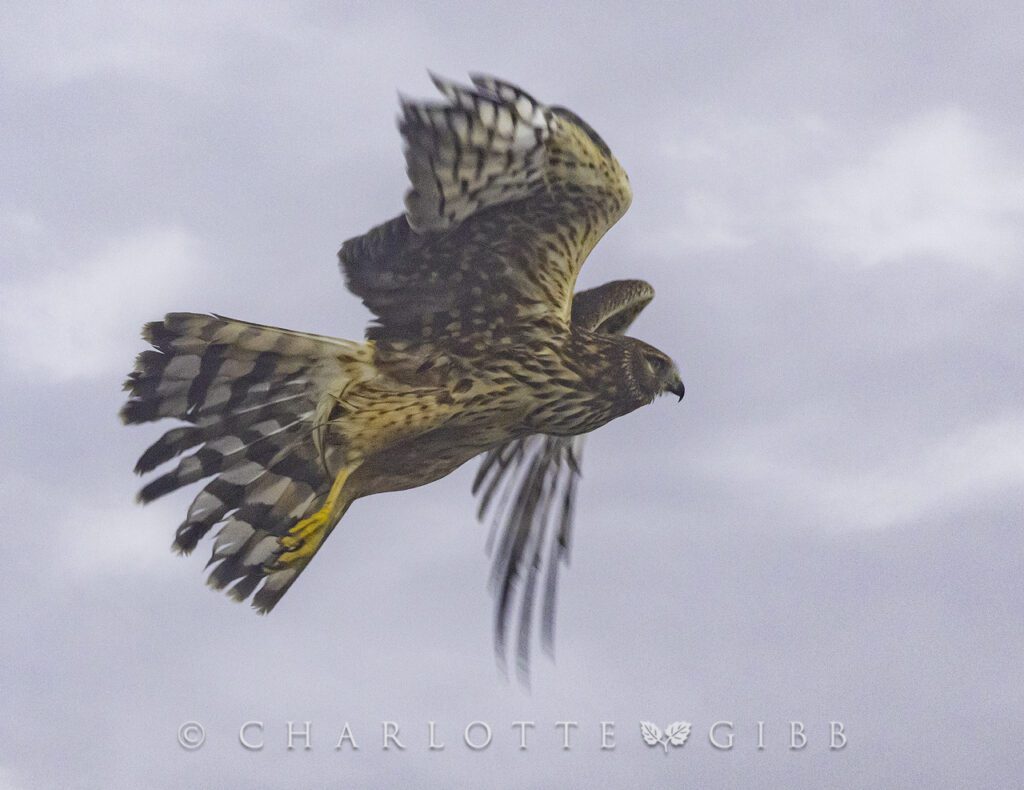
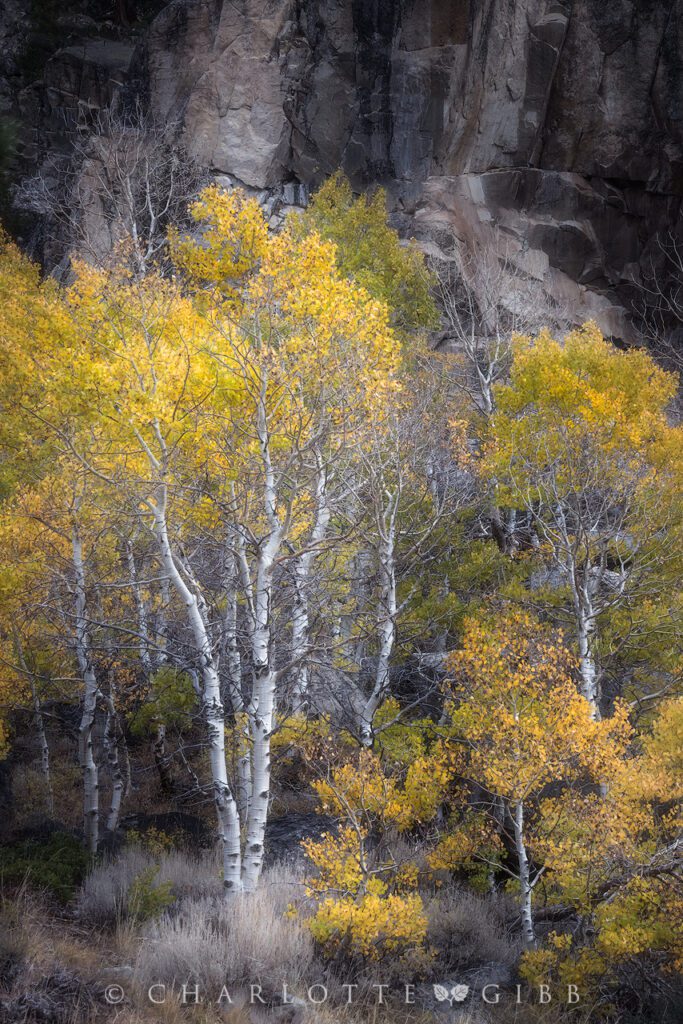
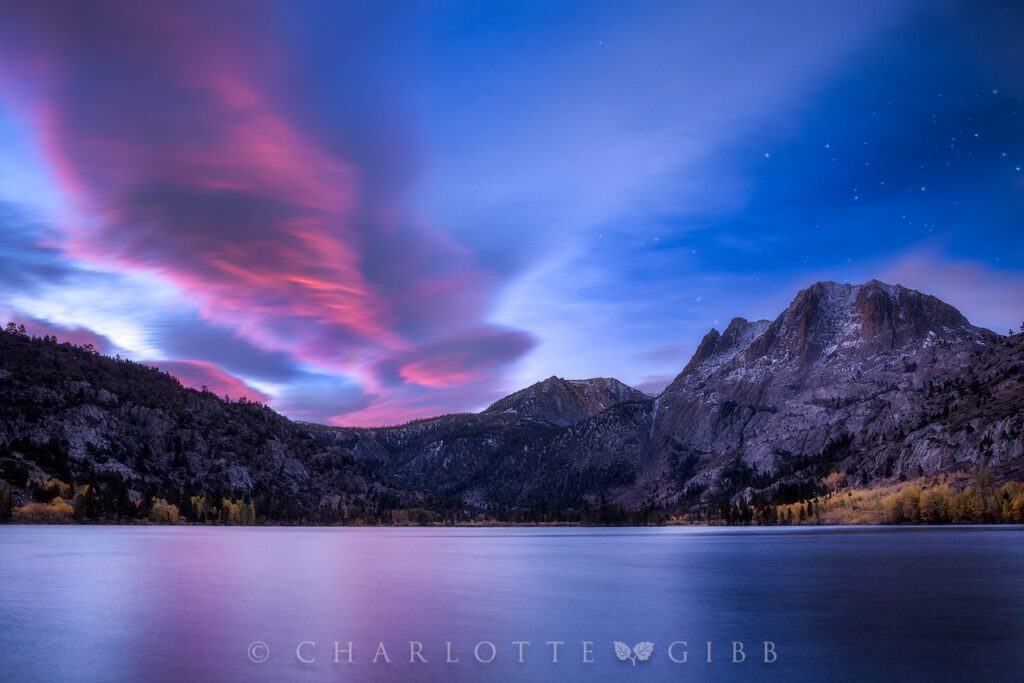
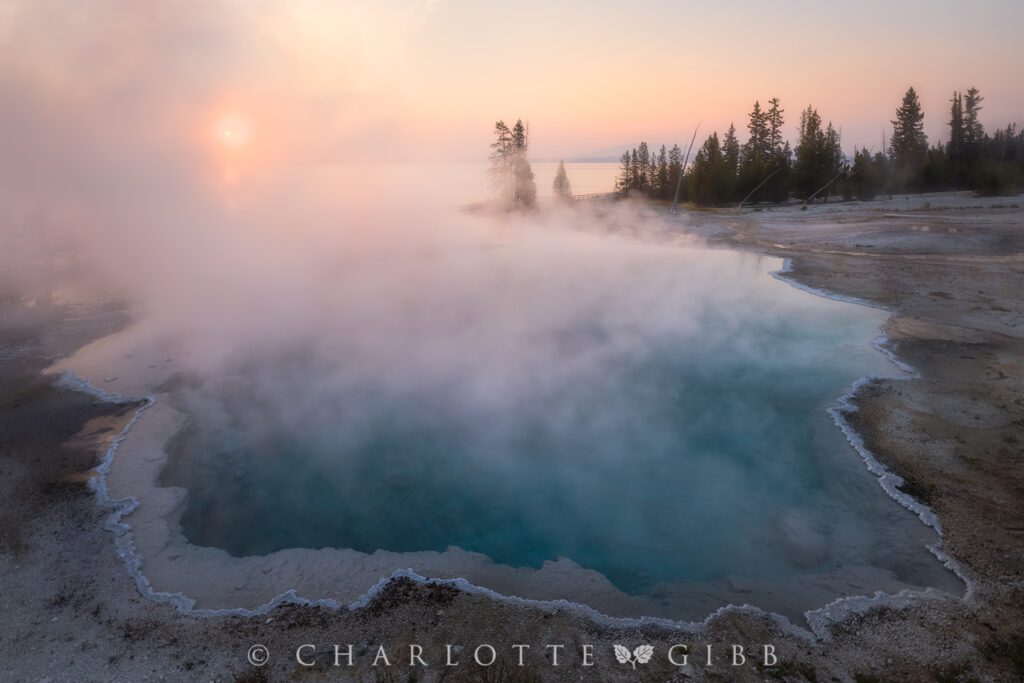
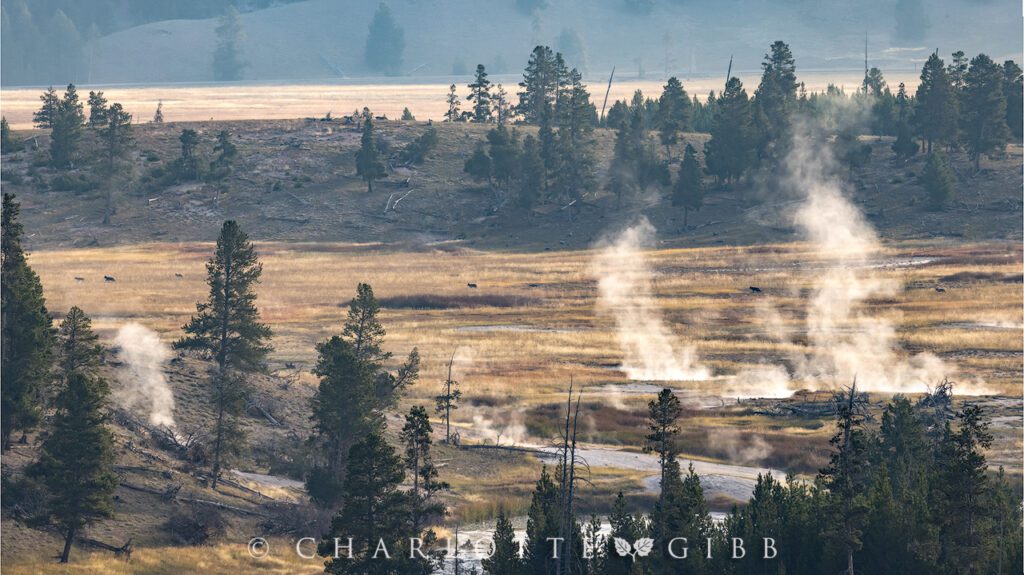
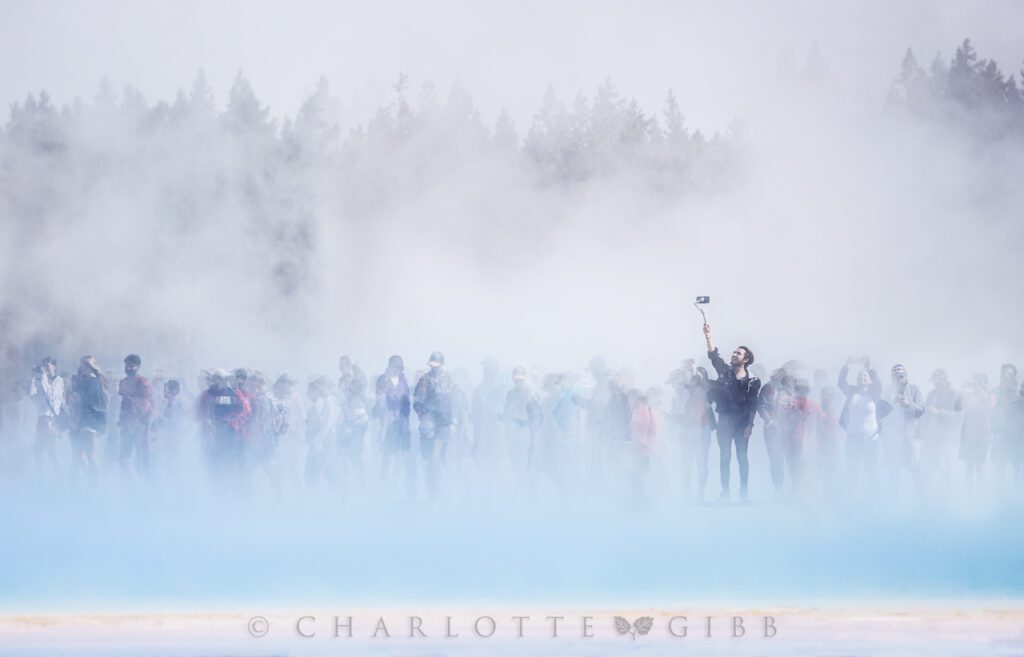
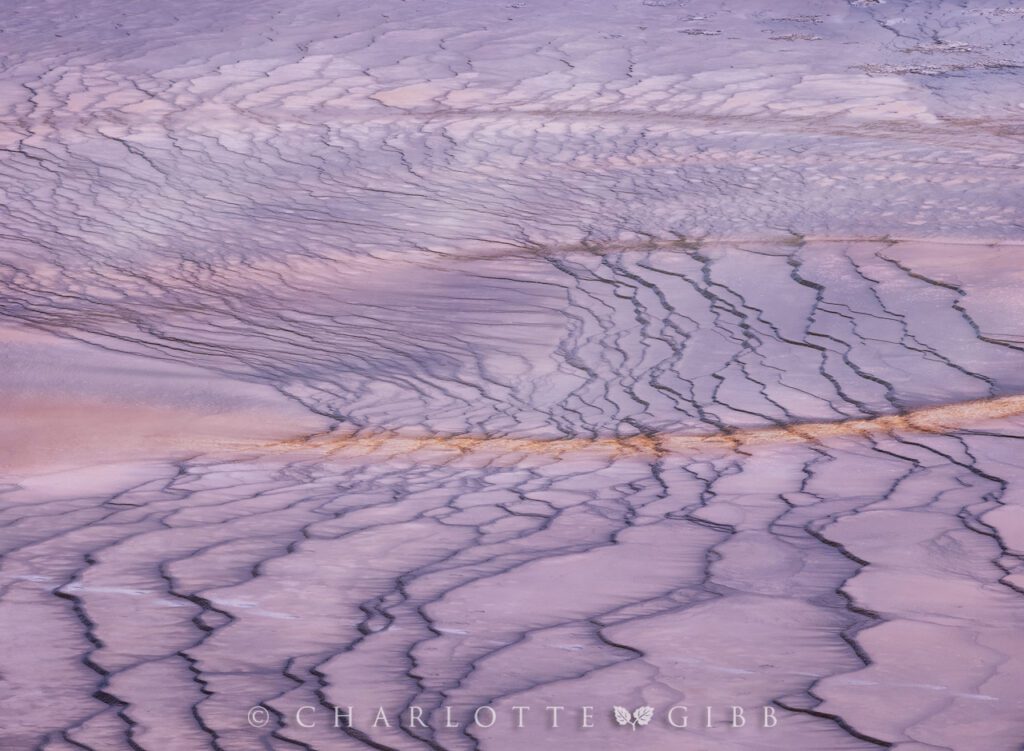



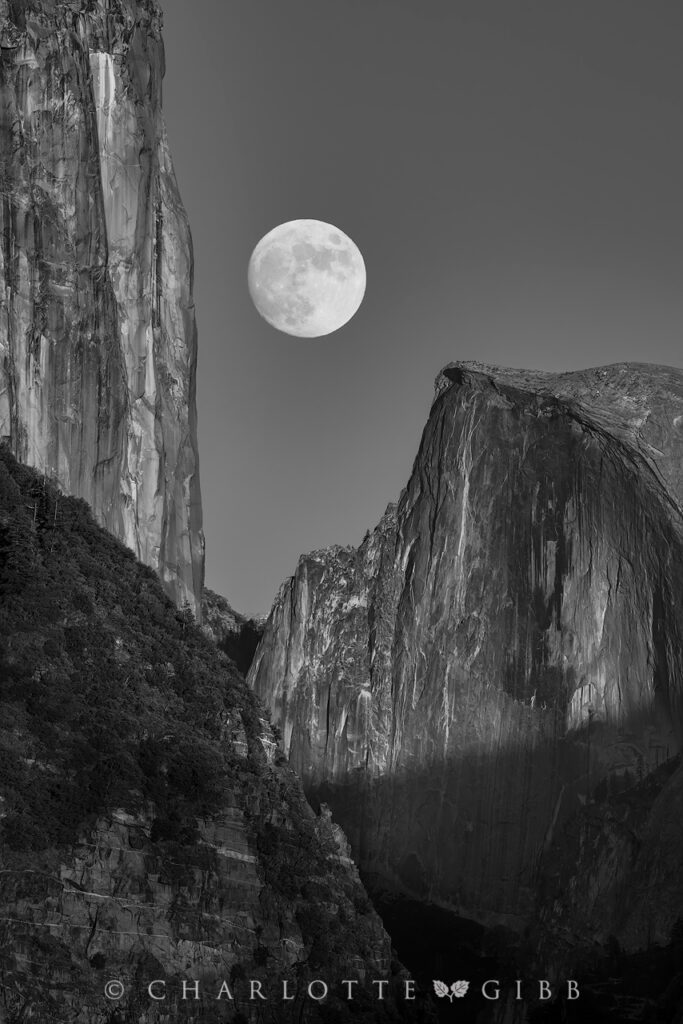

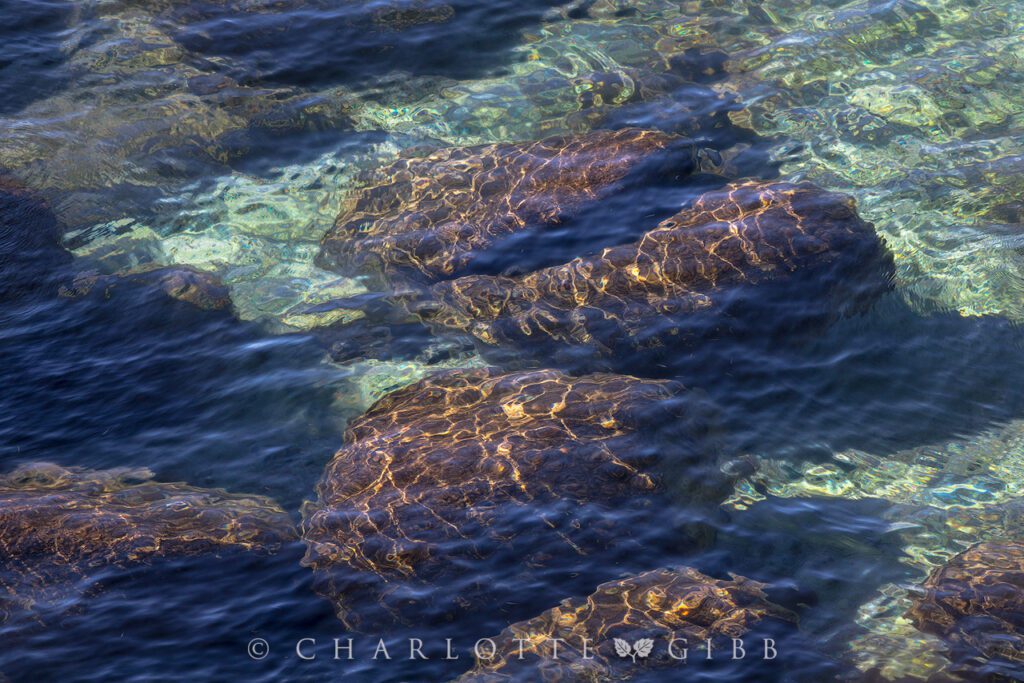
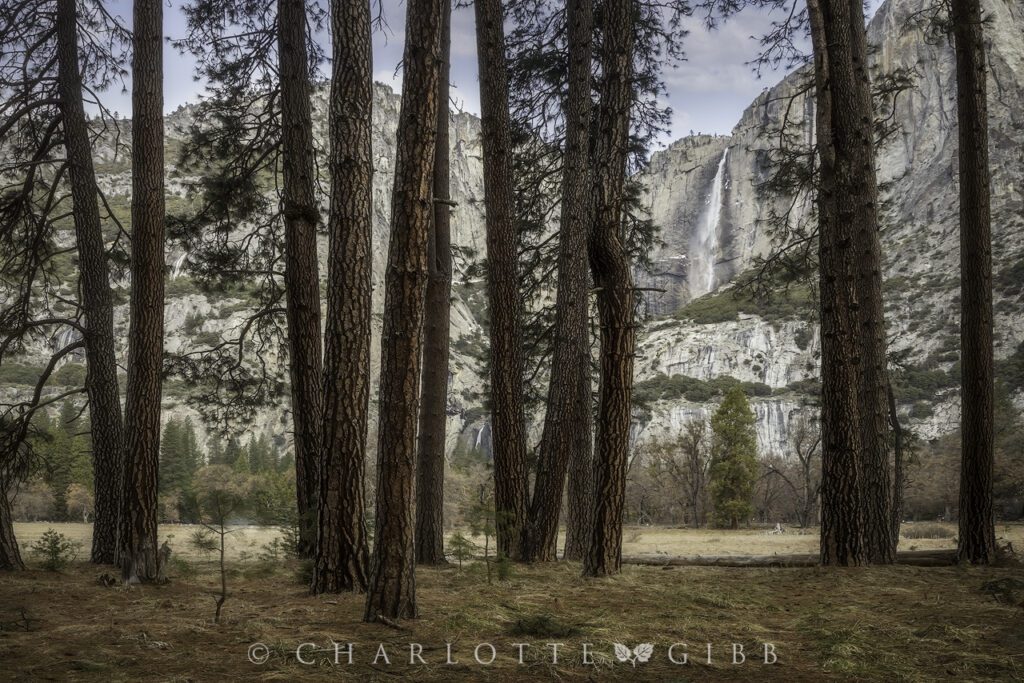
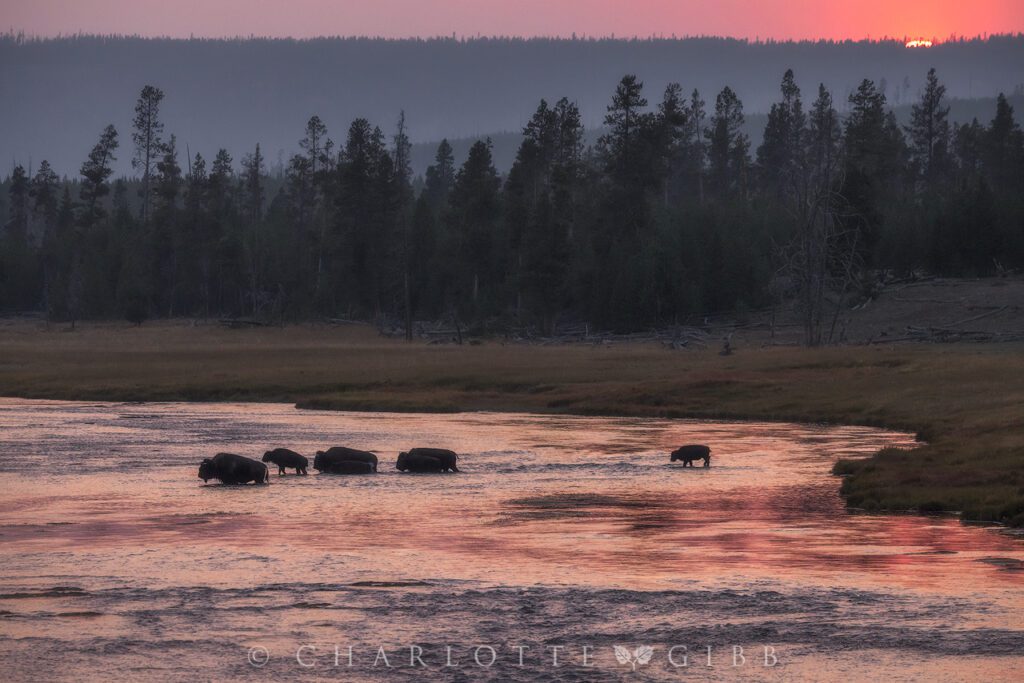
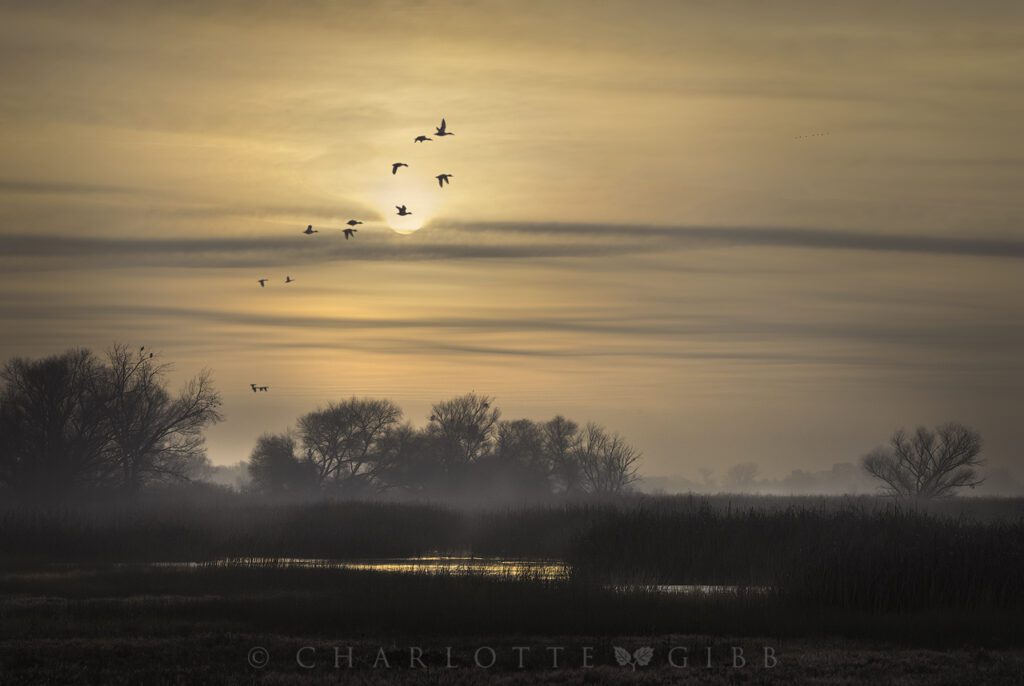
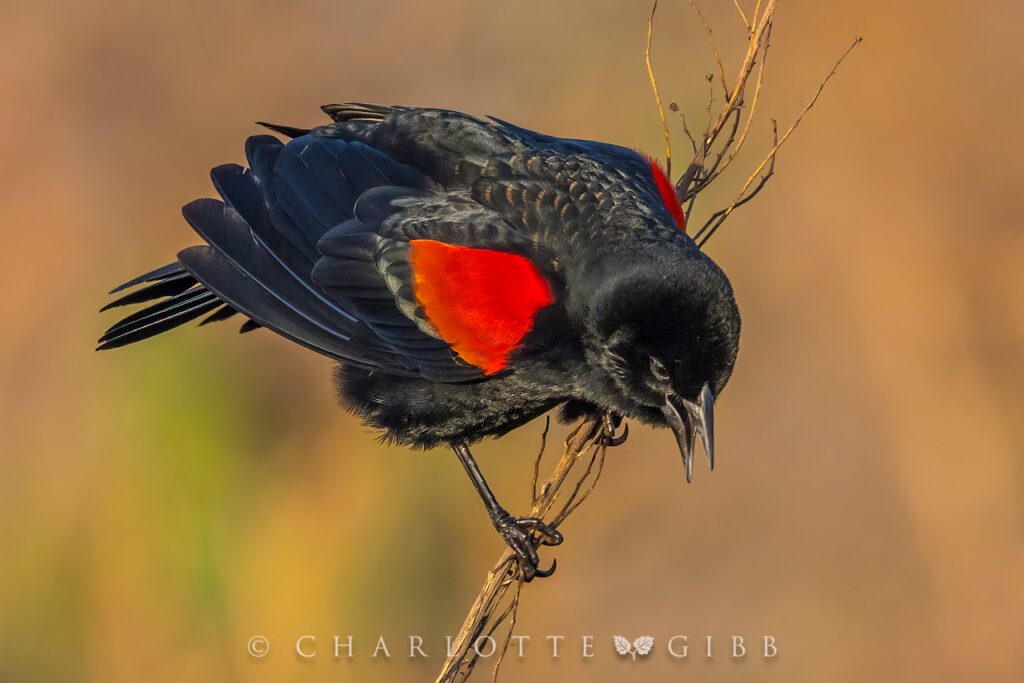
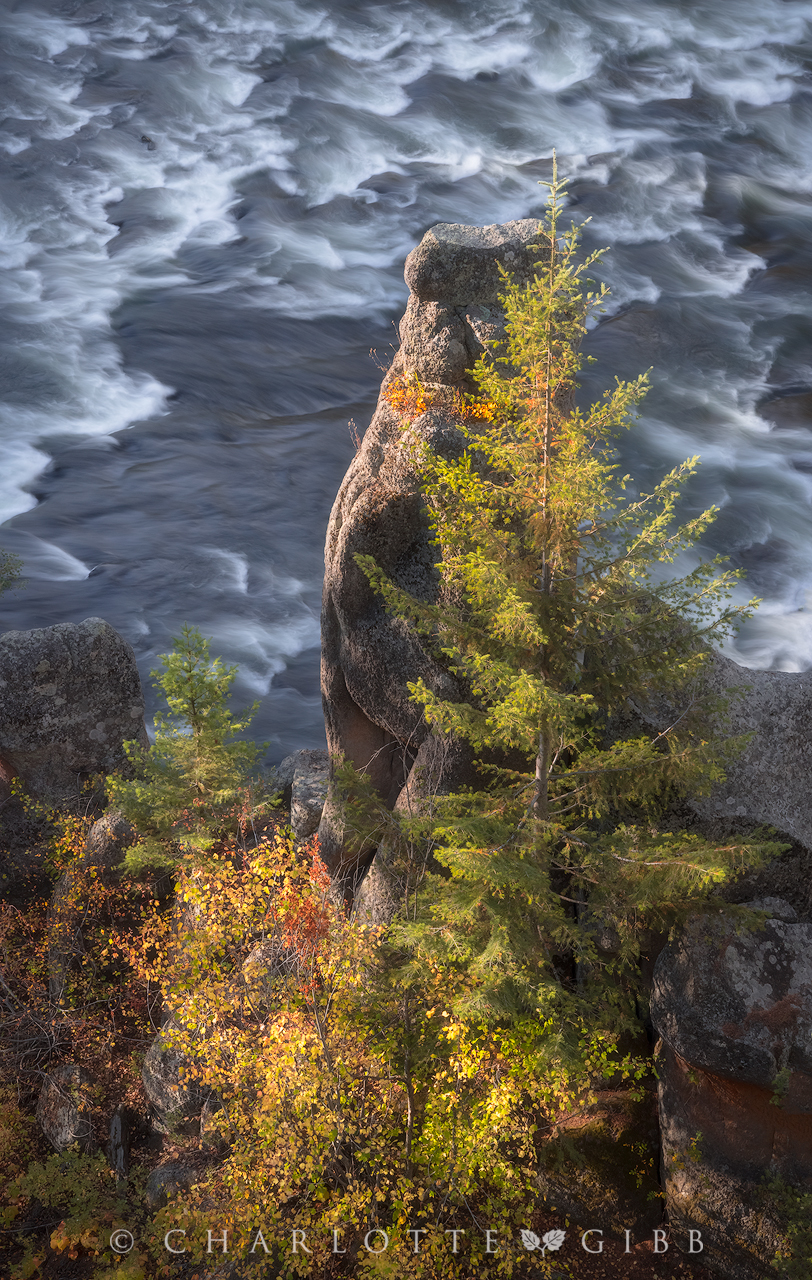
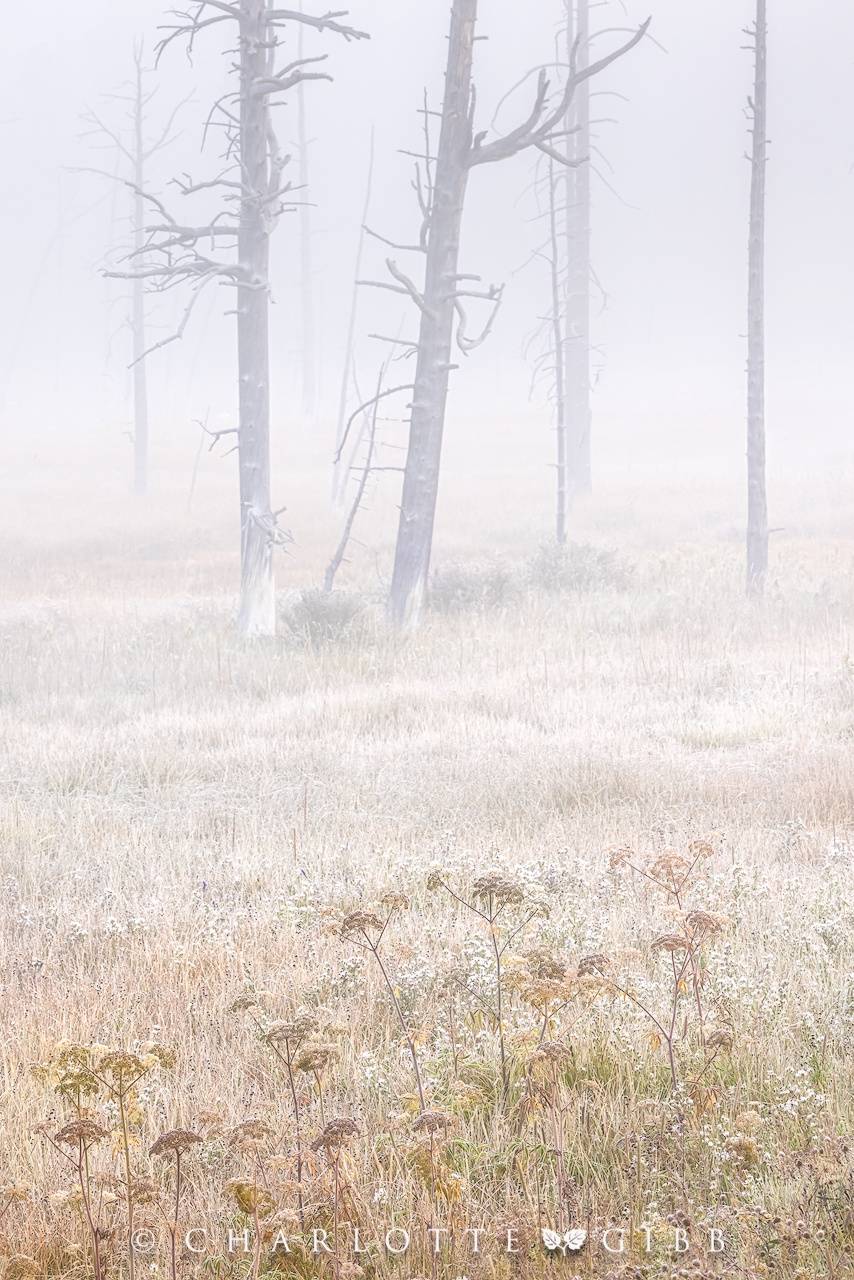

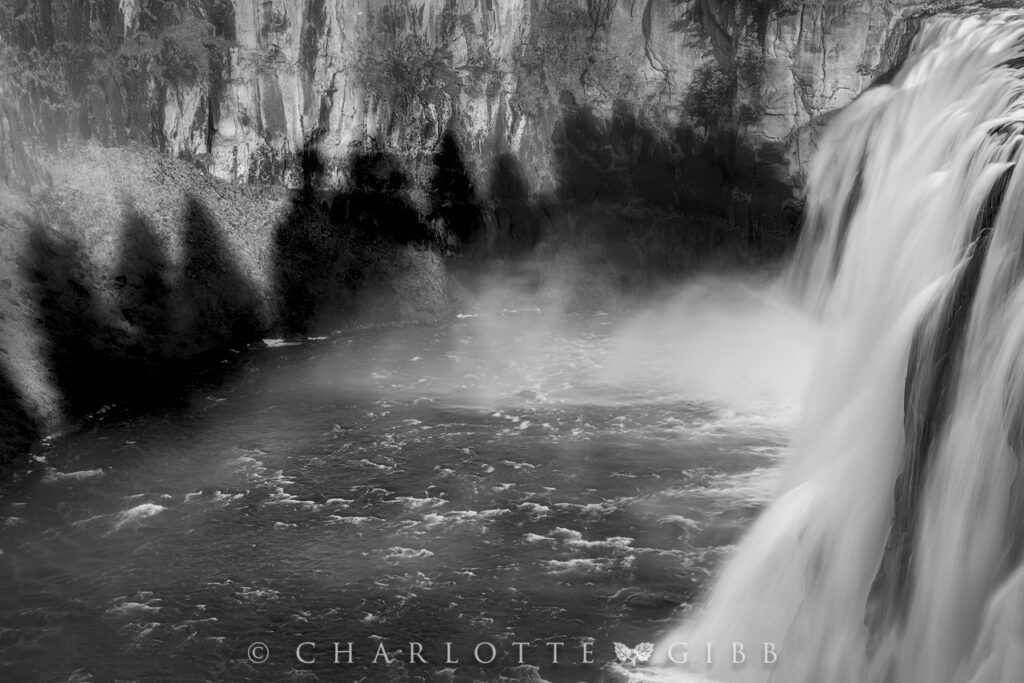


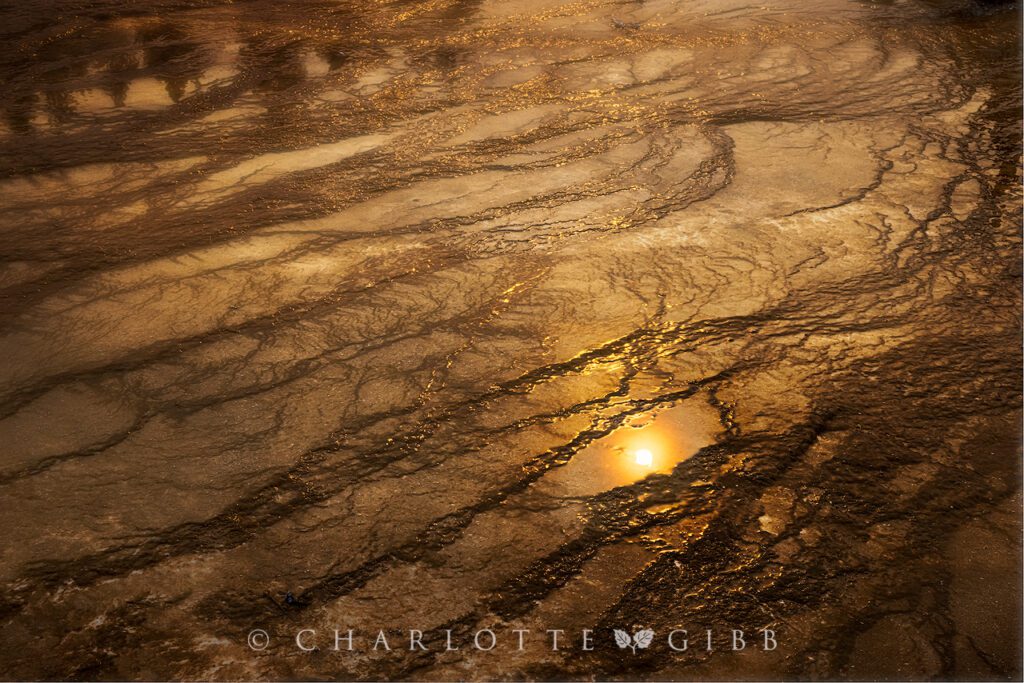
charlottegibb
Charlotte Gibb is a contemporary fine art photographer based in the San Francisco Bay Area specializing in landscapes of the Western United States. Her images are often taken in familiar places for the well-versed landscape photographer, but she prides herself on her keen eye toward the subtle and sometimes overlooked beauty of the natural world. Growing up among the beautiful mountains of Northern California, she considers herself a student of life, learning about people, nature, music, and photography along the way. But always, her life-long passion for the wilderness shines through it all. Charlotte earned her Bachelor of Arts degree from the Academy of Art University in San Francisco and has exhibited her work in several solo shows throughout California. Her darkroom, long gone now, has been replaced with digital darkroom tools, and her style has evolved from a somewhat journalistic approach, to one that pays tribute to the natural world.

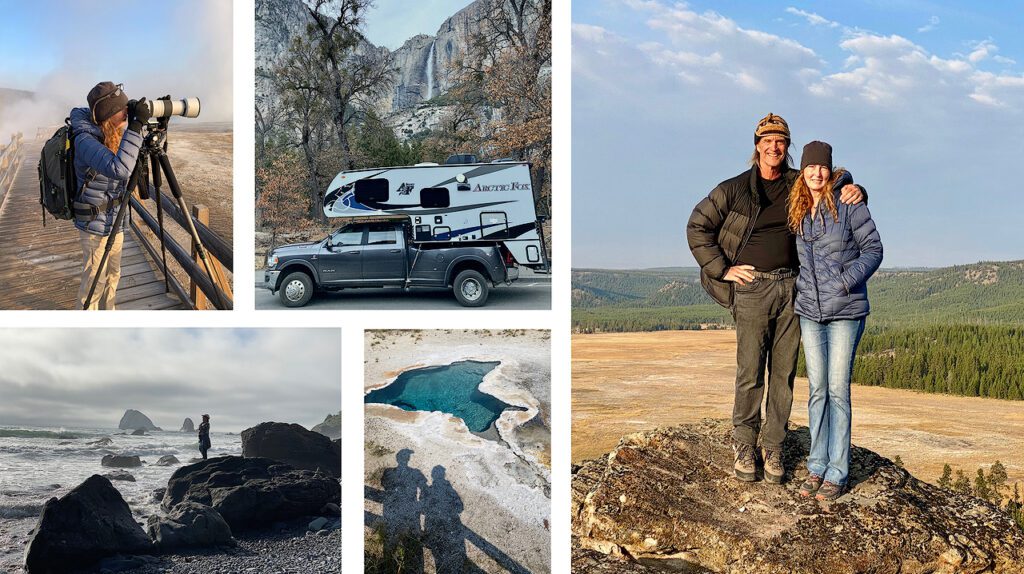


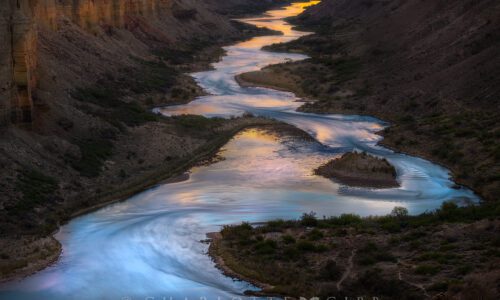
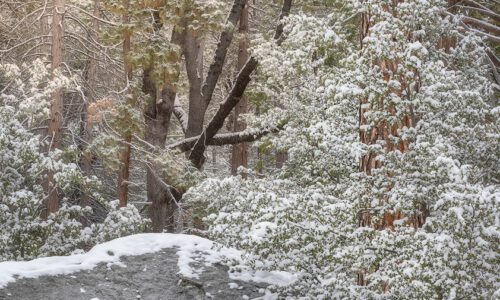
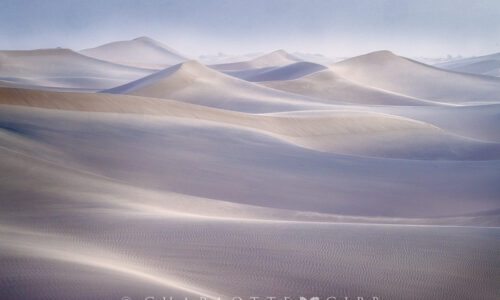
37 Comments
Petter Brevik
As always Charlotte, fantastic images!
Petter
charlottegibb
Thanks so much, Petter!
Randy Pollard
What a great year it’s been, we were in Yellowstone back in September and I love the place. Being from Michigan I can’t come back everyday to these places but you can with your amazing images, your work is beautiful!
charlottegibb
Thank you, Randy. I plan to go back to Yellowstone again in 2022. It would take me a lifetime to feel like I’ve expressed photographically the essence of that place. It never fails to enchant me.
Sparrow Brazil
I love Silver Lake, thanks for letting me see it again. So many pass by June Lake Loop, what a shame!
charlottegibb
Silver Lake is a real gem. We only got to spend one night there before having to make a dash over the pass before it closed for the season. I really want to go back and spend some significant time there.
Chuck Zabilski
All excellent and diverse images. Truly outstanding!
charlottegibb
Thank you, Chuck. And Happy New Year to you!
Lancej
Beautiful images and such an incredible range of them. I absolutely loved the b&w “Rocks” with the moon over Yosemite rocks.
Much success in your 2022 adventures
Garry Fritz
Love the full moon and Half-Dome. Yosemite is still one of my all time favorite parks. I hope you have a great 2022.
charlottegibb
Thanks so much. Yes, I like that one too. I almost didn’t take that picture, thinking it might be cliche. But, in the end I just couldn’t resist. It was so beautiful.
Joseph Palatinus
Wonderful images – thank you for sharing and hearing about your family.
God Bless – Wishing you both a Happy, Healthy and Safe New Year 2022
charlottegibb
Thank you, Joseph. You too!
Phil Lindsay
Thanks for sharing your work – you produced some wonderful images in 2021!
charlottegibb
Thanks, Phil. At the time, it didn’t seem like I had a very productive year. I shot only about half the number of frames as a normal year for me. But in the end, I was please with this crop of images. Quality over quantity, I guess.
Bruce Heinemann
Hi Charlotte: Thanks for sharing all of these wonderful new images! So very sorry for all of your losses. Their memories will be a blessing, indeed.
charlottegibb
Thank you, Bruce. I have a lot of wonderful memories, but I’m learning to live more in the present and for those still with me.
Sue Perse
I don’t know where to start to choose my favorites that moved me. There were so many as always! Thanks again for the golden spiral! It was a good challenge, one that we hadn’t for before.
Sue Perse
charlottegibb
Ah, the Golden Sprial! Such a wonderful compostional tool. I’m glad to hear you saw the magic in it. My photograph “Pronghorn Antelope Mother” makes use of the Golden Spiral. Do you see it?
Michelle Foster
Beautiful and moving as always, Charlotte! I could spend hours perusing your images…
I hope there is less loss and more happiness for you all in 2022.
charlottegibb
Thanks, Michelle. Here’s to a new year with more magic and less sorrow.
Joanne
So many gorgeous photos to be proud of Charlotte! Indeed a very productive year for you! My fav, “Grow”!!!
charlottegibb
Thanks, Joanne. I’m glad you like “Grow.” I spent quite a lot of time sorting out that composition. Gary waited very patiently while I worked on it in the cold, cold Autumn morning.
Melissa Marosy
All spectacular! But Ancient Ones is my clear favorite. So ethereal.
charlottegibb
Thanks, Melissa. The Redwood forests here in California are one of my favorite locations. It feels like you’re in an enchanted place before humans walked the Earth.
Lisa
Hello Charlotte,
When I saw your photograph “The Miracle of Life,” I felt my own grief well up inside of me. This photograph immediately and beautifully evokes loss and sadness.
Your photograph “Beacon” also resonates with me, and feels like a deep meditation on grief.
I lost my beloved friend and photography mentor a few weeks ago. If I could have shown him these two photographs, I know that he would have understood their meaning at a deep level, and would have appreciated the artistry and emotional depth you brought to these beautiful pieces.
I offer you sincere compassion for the losses you have suffered this year. Please know that I am grateful to you for creating artwork that gives voice to the grief of others, like myself.
charlottegibb
Thank you, Lisa, for your very kind and thoughtful comment. I’m sorry for the loss of your friend and mentor. I’m glad two of my pieces resonnated with you as you move through your own grief. It’s been a painful year, for sure, but I’m grateful for having a place to express myself and process my feelings of loss. Here’s to a happier 2022!
Richard Dworak
A Good New Year to you and yours,
Concerning your 2021 photos shown in this message – on the downside, it is difficult to do animals that don’t look like “more animal photos” and what takes yours out of that category is the one of the two Sandhills . .. . another one that I think is great, although it is part of a larger group are the two buffalomoms and their two offspring in the river framed by ghe haze.
That takes me to about six that have a significant amony of “haze” – I am not sat5isfi3d by that word, but it comes close. Two that arw outside the “haze” group inc;ude your photo used in discussing shutter speeds – the waves.. In your 2021 group, not hazy but with the feeling I get with the “hazies” is three falls, especially catchingmeare the captured “mid flight” sprays.
Besides the buffalos crossing with their young ‘uns, the trees with the haze, the sunshine diagonally into thr trees, the cloudy El Capitan and the one at Yellowstone.
Thank you for ahariing these wonderful photos.
Dick
charlottegibb
Thanks for your comments, Dick. Atmostphere is very important to my photographs, and I get very excited when there’s a bit of fog or mist in the air adding to the dreamy feeling of the place.
Martin Cutrone
I thought for sure that “breaking Through” or “Rocks” would be my favorite, but “Wild Born” surprised me with its’ beautiful capture of wild nature won me over! I love your images of Yosemite, both grand and intimate. Thank you for creating this body of work we can all enjoy.
charlottegibb
Thanks, Martin. I am very proud of my image, “Wild Born.” Not only was it my very first encounter with a wild wolf, but I got a luck shot too. I learned afterwards about a law that was passed in Montana recently that opens up a lot of hunting restrictions of wolves outside the park. Michael Frye wrote about it in his blog, if you’re interested. https://www.michaelfrye.com/2021/10/24/wolf-memories/ Anyway, now when I look at “Wild Born,” I see a wildness in the animal, but also a vulnerability.
Sarah Marino
Hi Charlotte – First, I wish you and Gary a Happy New Year, with the hope that 2022 includes a lot less grief than you have experienced in recent years. Second, this is such a beautiful collection of photos. It is fun to see you working with animals and birds–and doing so quite successfully. I also enjoyed the landscapes with your signature soft colors and beautiful treatment of the light.
charlottegibb
Happy New Year, Sarah! Thank you for your kind words. Yes, I’m enjoying working with wildlife and birds — quite different than working with the landscape which doesn’t move quite as fast! Pretty soon you’ll see me with one of those enormous lenses hunkered down in the grass somewhere stalking some poor creature. Seriously, photographing wildlife gave me a new challenge, which I think I needed last year. I will likely keep up with it, but not abandon landscape, which is my true love.
Sally Arata
First I hope this new year will be more filled with joy for you & Gary.
Thanks for thes wonderful images and all your work, that I was first exposed to Yosemite.
Your photographs are truly inspiring. If I get to the point of changing my Canon equipment, I’ll give you a call. It sounds like your new camera is very satisfying.
All my best. Sally Arata
charlottegibb
Hi Sally, yes, the new gear is working out really well. I wrote a comment about switching to out my gear in answer to a reader’s question. https://charlottegibbblog.com/ask-charlotte/canon-5dsr-still-a-great-camera/#comment-15061. Scroll to the end to read about how I came about swapping out my gear to mirrorless. Cheers!
Andrea
Pretty darn late commenting on this, but “Human Nature Five” really resonated with me. I find that shocking, since a photo of crowds at Yellowstone usually make me think of potential Darwin award winners (the things I’ve seen people do there…) but that photo is amazing. The way the mist parted to highlight that man is incredible and I can feel his joy.
I hope you have a much a happier 2022 and are able to travel to some amazing places. If you return to Yellowstone this year, make sure you spend some time in Grand Teton. I find the scenery there absolutely breathtaking and the wildlife watching can be just as good as in Yellowstone, although you are not as likely to see wolves there. I can’t believe you saw wolves that close in Yellowstone; so lucky. No matter how much joy I get from seeing an amazing landscape nothing can match the excitement of seeing wildlife!
charlottegibb
Thanks for your comment — it’s never too late! I’m very glad to know that “Human Nature Five” resonated with you. If you are interested in seeing the whole series in that project, here’s the link to the collection. https://www.charlottegibb.com/human-nature. I’ve since added a sixth image to the series, taken at Death Valley last month.
I’d love to get back to Yellowstone and the Teton, in particular. I enjoy doing wildlife photography. As you say, landscapes are nice, but there’s nothing as thrilling as coming face-to-face with the creatures of the forest.